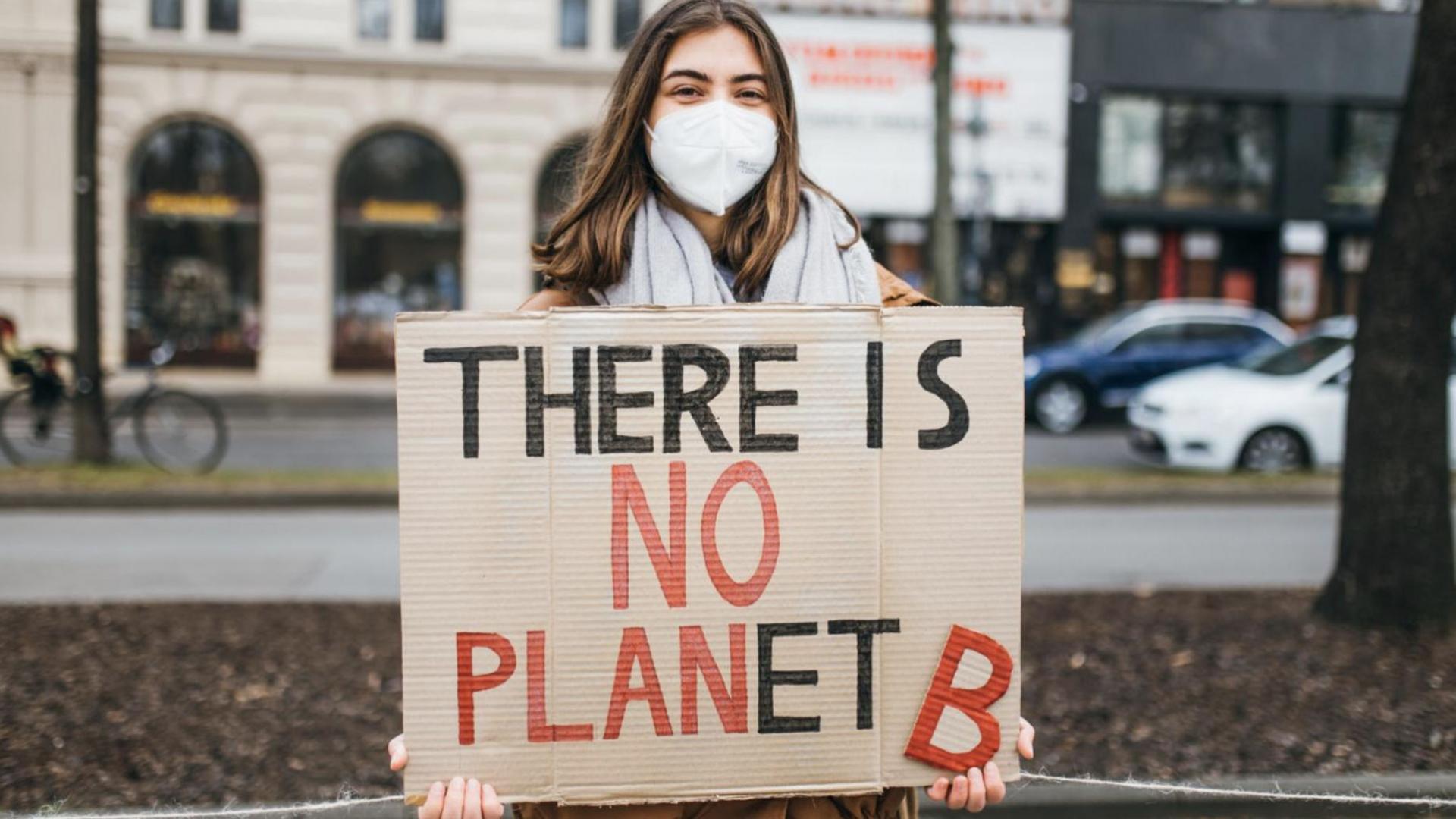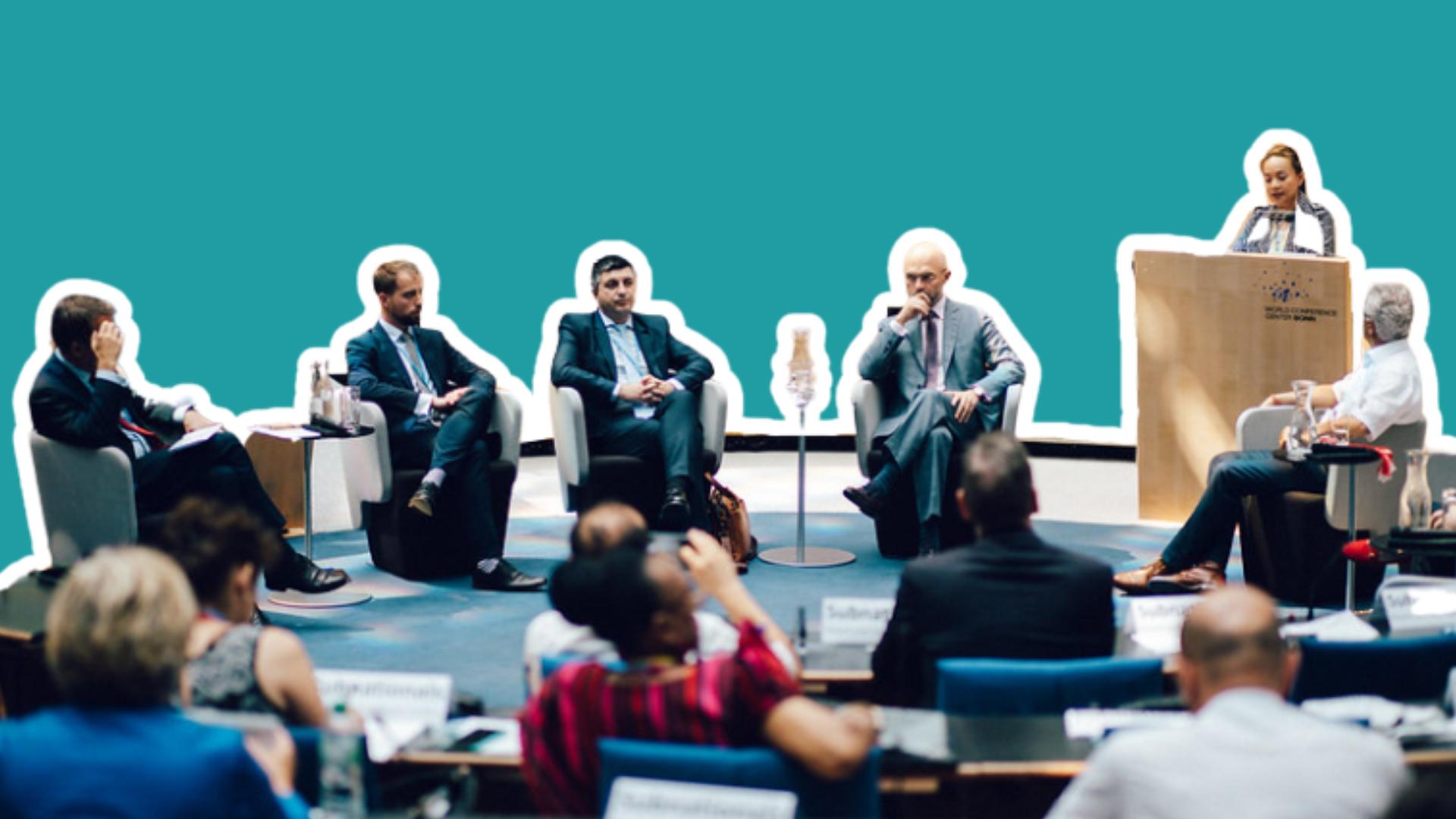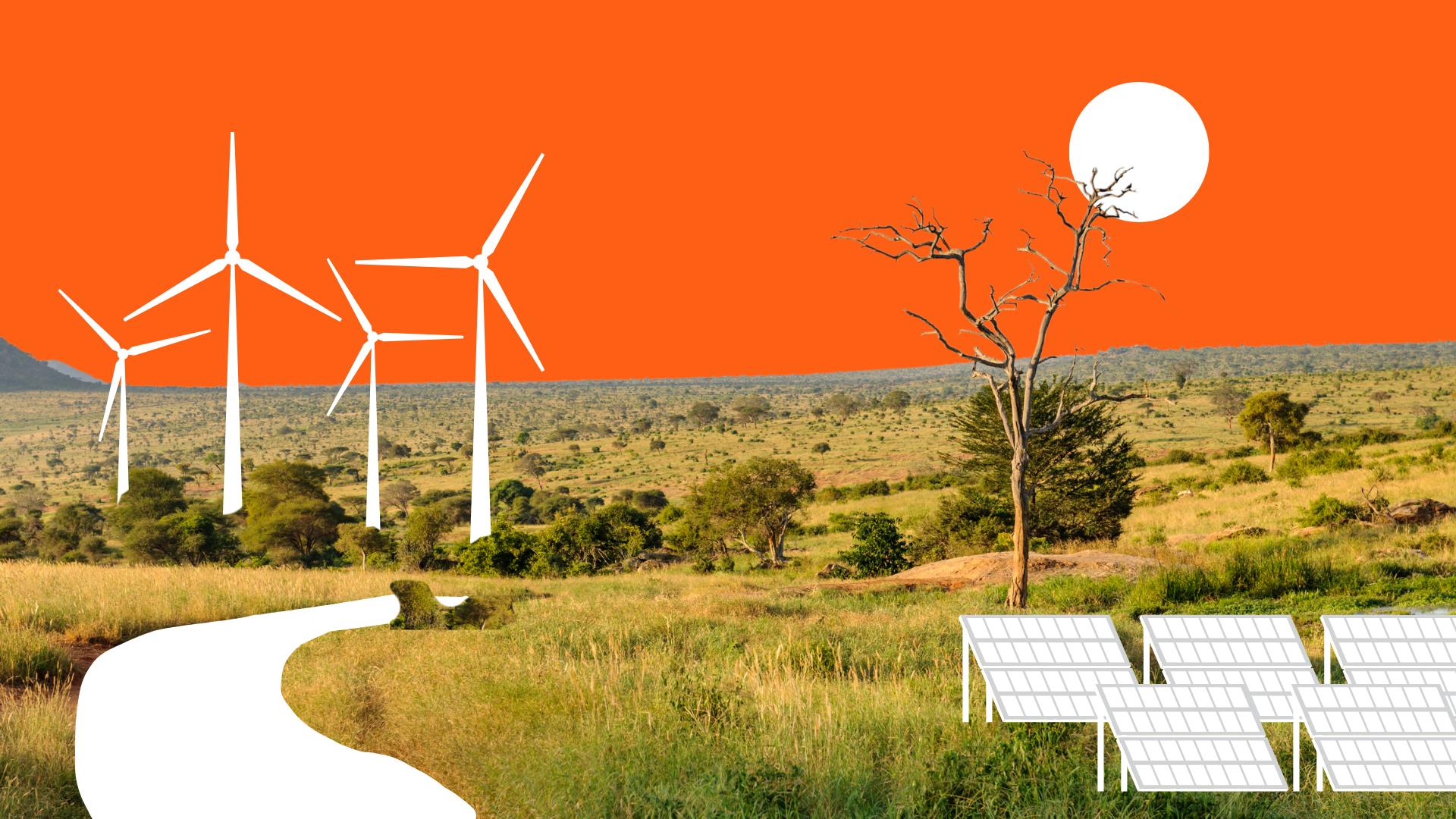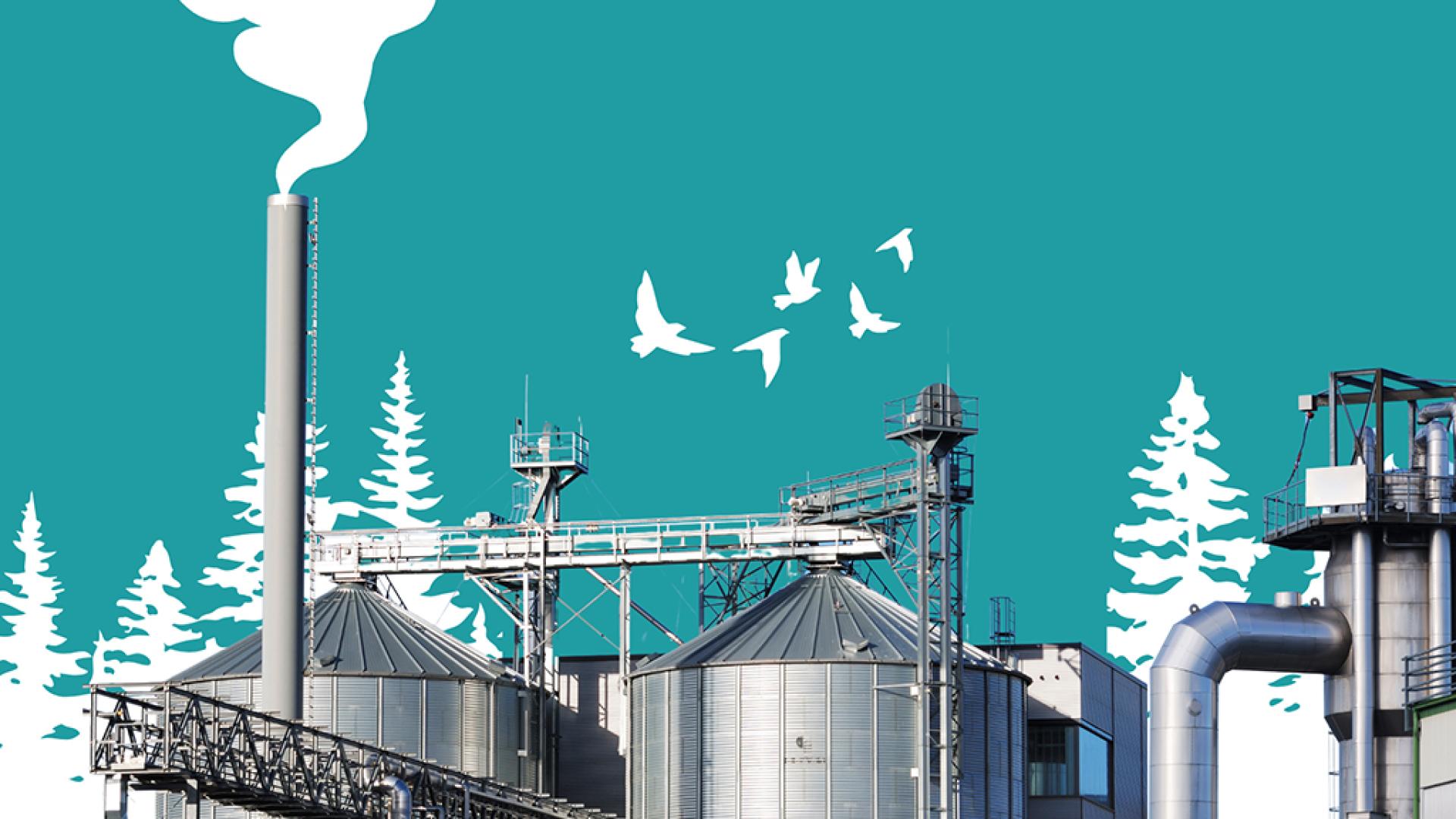Linking reproductive rights and climate solutions

The time is ripe to include women’s reproductive rights as part of our climate solutions toolbox.
This Mother’s Day, I’m asking myself tough questions about what it means to be a mom, a woman, and a climate advocate in this critical cultural moment. After 20 years of working at the intersection of sexual and reproductive health and rights (SRHR) and environmental conservation, I find there is still a strong hesitancy among some SRHR and climate advocates to link reproductive rights and climate. With the 26th Climate Conference of the Parties (COP) slated for this November—just as the pandemic has brought our world’s climate and health crises into sharp relief—the time is ripe to include women’s reproductive rights as part of our climate solutions toolbox. Doing more, together, is the best path to a more healthy, equitable climate future for women and girls around the world, particularly the most vulnerable among us.
This hesitancy to link reproductive rights and climate dates back a few decades, and relates to a taboo around “population.” Beginning in the 1950s, the United Nations started hosting once-per-decade world population conferences, with a goal of encouraging countries to implement population programs to address rapid population growth that would inhibit economic development. The programs designed to address the “population problem” focused on promoting family planning, with women targeted to use contraception. A few countries, notably China and India, resorted to coercive policies that forced contraceptive use. In 1994, at the International Conference on Population and Development (ICPD) in Cairo, advocates understandably promoted a shift away from family planning as the sole solution to concerns about population.
Advocates also embraced reproductive health as much more than just family planning, to include sexual rights, sexually transmitted infections like HIV, safe motherhood and safe abortion (Newman et al 2014). The era of sexual and reproductive health and rights was born, and to this day, some SRHR advocates believe that any linkages with population or other sectors such as environmental conservation or climate change detract—and distract—from the message of SRHR for all and are tantamount to blaming women in the developing world for climate change. This mentality was on display at the celebration of the 25th anniversary of ICPD, held in Nairobi in 2019, where a fellow advocate who works at the intersection of SRHR and climate told me that she was shocked by the scant attention given to SRHR, population and climate change.
I share the feeling of dismay that our professional community can’t seem to blend these vital, complex and interconnected parts of an equitable and sustainable life on Earth. My passion for working at the nexus of reproductive health and climate solutions springs from my service as a Peace Corps volunteer in Niger after college. I lived alongside Nigeriens for two years in a rural village, Sabon Gida, 500 kilometers east of the capital. I learned Hausa, lived in a mud-brick hut, and became close friends with many of the 800 Hausa and Fulani residents. I focused on agroforestry, and we certainly planted a lot of trees. But my friends and village leaders wanted to do more than restore their natural resources. They were concerned about keeping their children healthy (25 percent of children in Niger died before the age of five in the mid-’90s) and wanted to rehabilitate the main village well which served as the primary local water source for people and livestock. As I worked to respond to their diverse needs and connect them with local resources and extension agents, the seeds were sown for me to become a life-long advocate of holistic approaches to community-led development.
In the mid-1990s, we didn’t talk about climate change—but after facing years of desertification along the edge of the Sahara Desert, my friends recognized that they needed to address multiple health and environmental challenges in order to become more resilient to frequent shocks and stresses that are common in Niger, including droughts, locusts, and disease outbreaks like meningitis. Planting trees and restoring depleted soil went hand-in-hand with improving health and access to clean water.
Most of my closest female friends were about 10 years older than me. I was single and childless at age 22, while they had gotten married at age 16 or 17 and had their first child soon after—girls in Niger marry earlier and give birth to their first child at a younger age than anywhere else in the world. As Vanessa Nakate, a Ugandan climate-justice activist wrote recently, “Girls who have been to school grow up to be empowered women. They are not forced into early marriage, and they tend to have healthier, smaller families, reducing emissions well into the future.” Unfortunately, there wasn’t a single school in Sabon Gida.
My friends were strong, smart women, yet all but my friend Mantou lost multiple children to ailments that were preventable or treatable in other countries with more resources than Niger. My friends and other women in Sabon Gida were eager to learn more about what they called maganin hutu in Hausa—“rest medicine.”
Ten years later, when I gave birth to my first child, I finally grasped the absolute perfection of the translation of contraception into Hausa. In present-day Niger, demand for and uptake of contraception still faces many cultural hurdles, but during my time in Sabon Gida, many husbands were supportive of their wives using contraception because they could see the benefits of spacing births for both their wives and their children.
Accessing contraception during my years in Niger was hard. Women had to walk on sandy paths (usually carrying their youngest child on their back) nearly four hours roundtrip to the nearest health clinic, which sometimes was out of stock. The consequences of failing to resupply contraception were stark: maternal and child health tragedies were a weekly occurrence in Sabon Gida. An acquaintance on the other side of the village, Salama, died during childbirth. Another woman experienced an obstetric fistula; her baby died, because she was taken to the nearest hospital—65 kilometers away—too late, by donkey cart, after 48 hours in labor. And I still think of Amadou regularly, the son of my two closest friends, Haoua and Gado, who asked me to name him. Amadou died of whooping cough soon after his first birthday because he had missed a round of vaccinations, which required the same punishing walk to the health clinic.
My experience of motherhood—though I’m a white woman living in the U.S.—has been deeply influenced by my time in Niger. I carry my friends’ stories and those of other women in Sabon Gida with me still, as if it was yesterday; their influence on my life’s work cannot be understated.
It’s time for the world to recognize that reproductive health is a key component of climate mitigation, adaptation and resilience. In addition to reproductive and primary health care challenges, climate change is now a main character in the lives of every person in Niger. Climate impacts worsen each year, and with the world’s highest fertility rate, Niger’s population has more than doubled from 10 to 23 million in the past 25 years. More than perhaps any other place in the world, Sahelian countries like Niger exhibit the intertwined challenges of SRHR, rapid population growth and climate change. Evidence shows that boosting women’s rights to decide whether and when to have children enhances equity, slows population growth at a global scale, and contributes to climate mitigation.
I like to think that bridging sectors and bringing more advocates to the table to support universal reproductive rights and climate action will help save lives. The publication of Project Drawdown’s seminal book in 2017 raised awareness for the first time among thousands of climate advocates of the importance of enhancing equity through education and women’s reproductive health, and the cascading benefits such investments have as climate solutions. As the inaugural director of Drawdown Lift, I’m eager to collaboratively identify, promote and advance interdisciplinary solutions-based approaches that alleviate extreme poverty and address climate change.
The evidence calling for advocates and other stakeholders to let go of the population taboo is growing. Connecting human health, population and climate change is essential—we need advocates who deeply understand that our lives are entwined with nature, and defending both is the way forward. Ensuring that people in places like Niger and across the Sahel have full access to (and knowledge about) reproductive health services and programs that boost their resilience to climate change—as well as quality education—should be non-negotiable.
This opinion piece was originally published by Ms. Magazine on May 8, 2021. Hear more on the link between reproductive justice and environmental justice on the recent episode of “On the Issues With Michele Goodwin”: Climate Change Is Real. Now What? (with Osprey Orielle Lake and Nourbese Flint).



